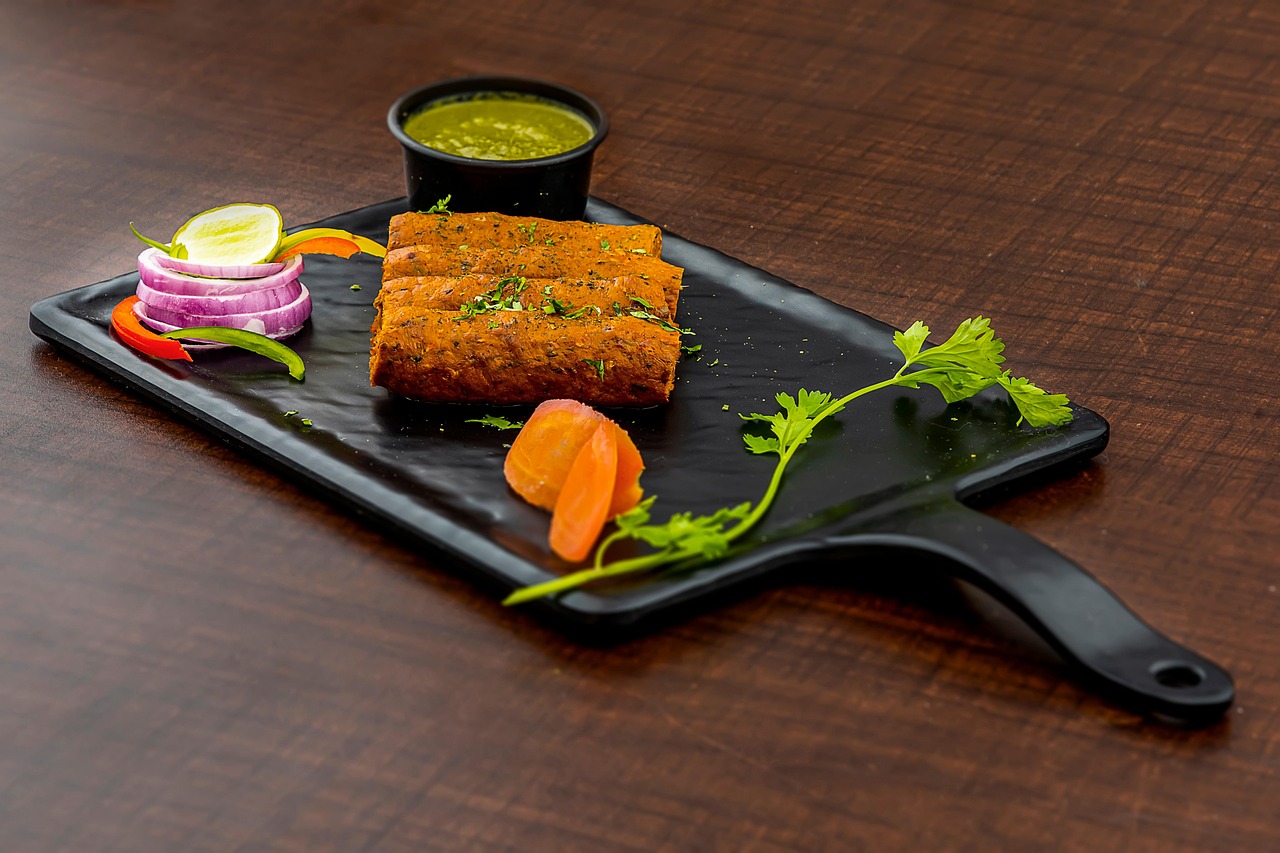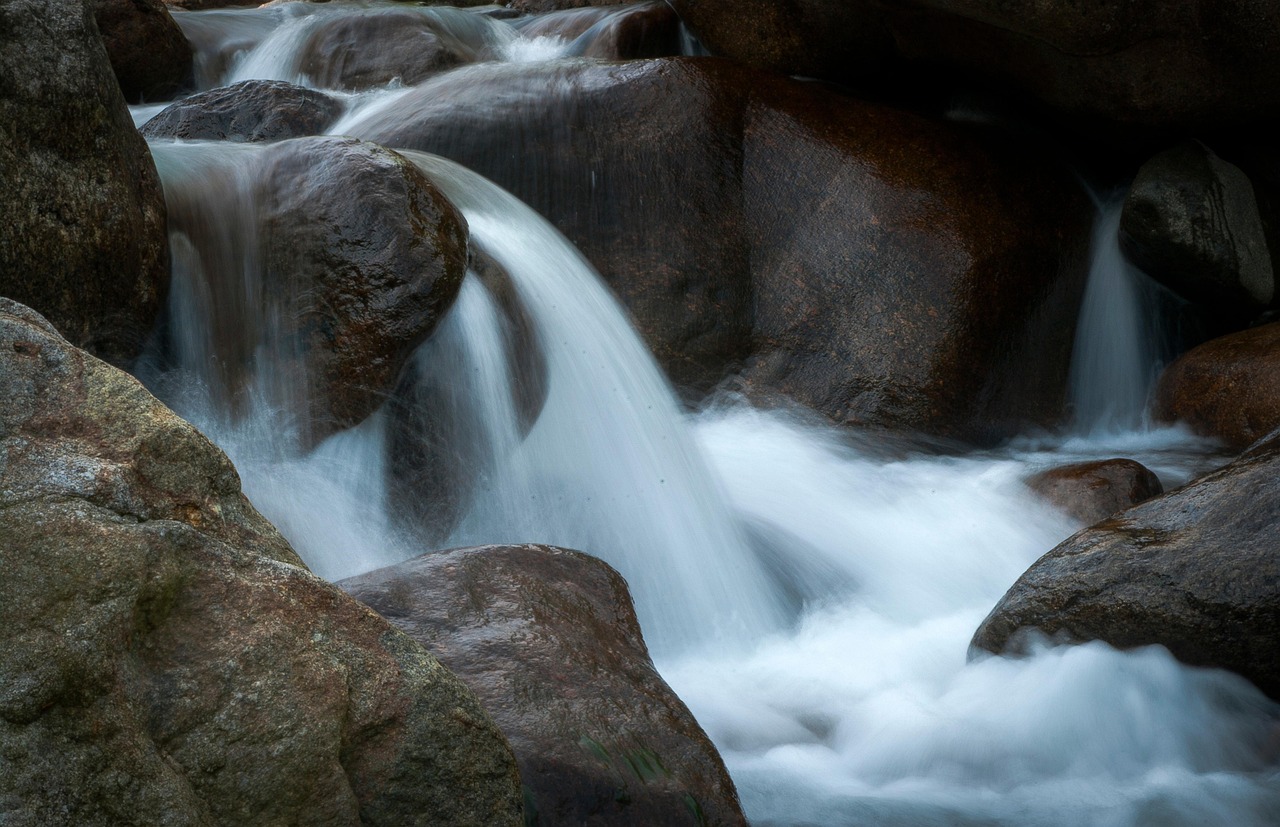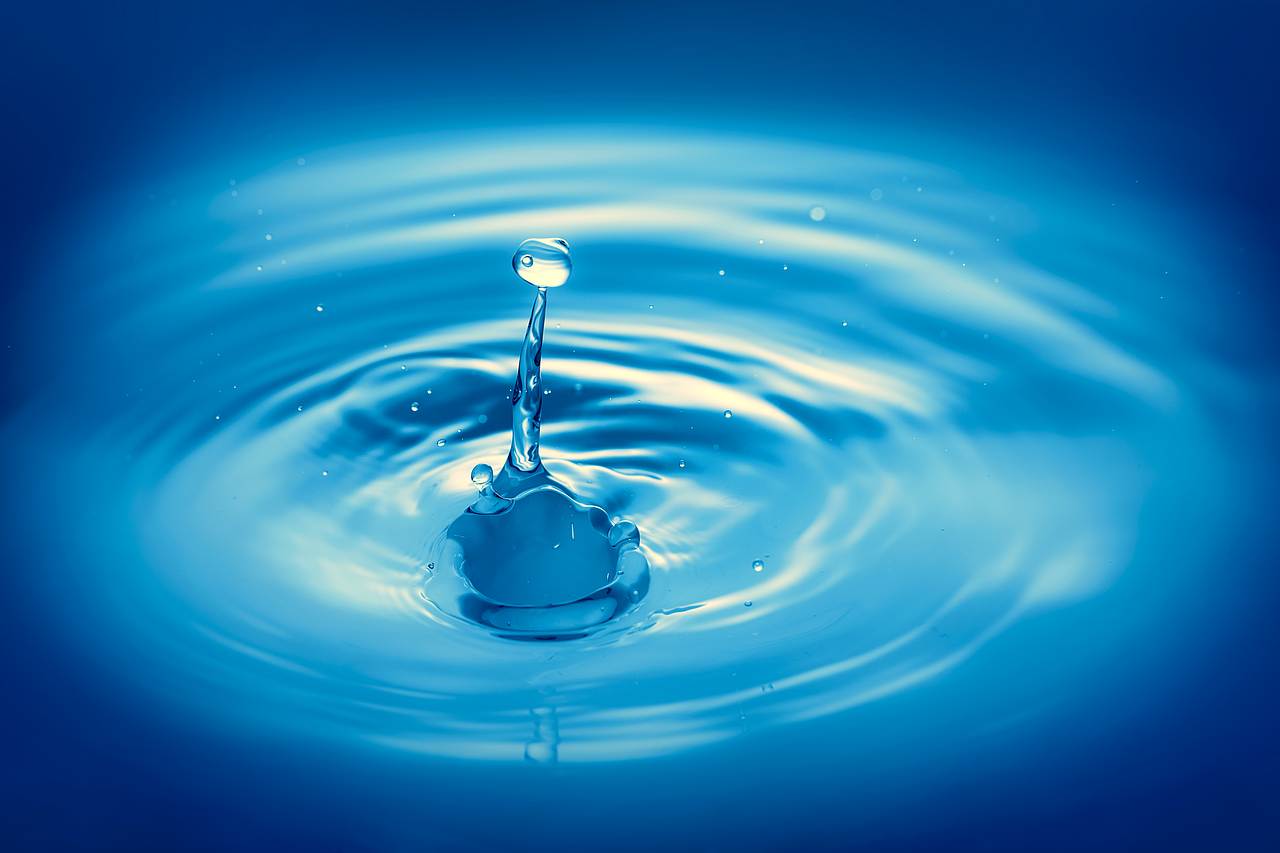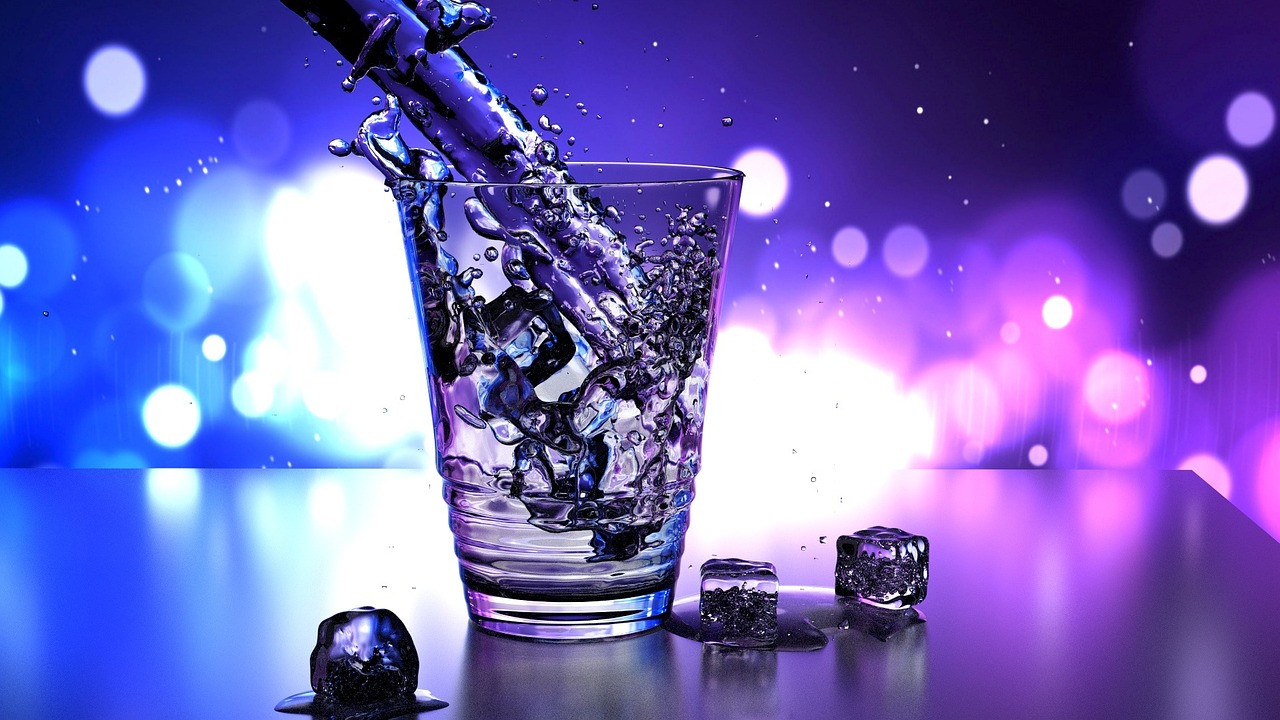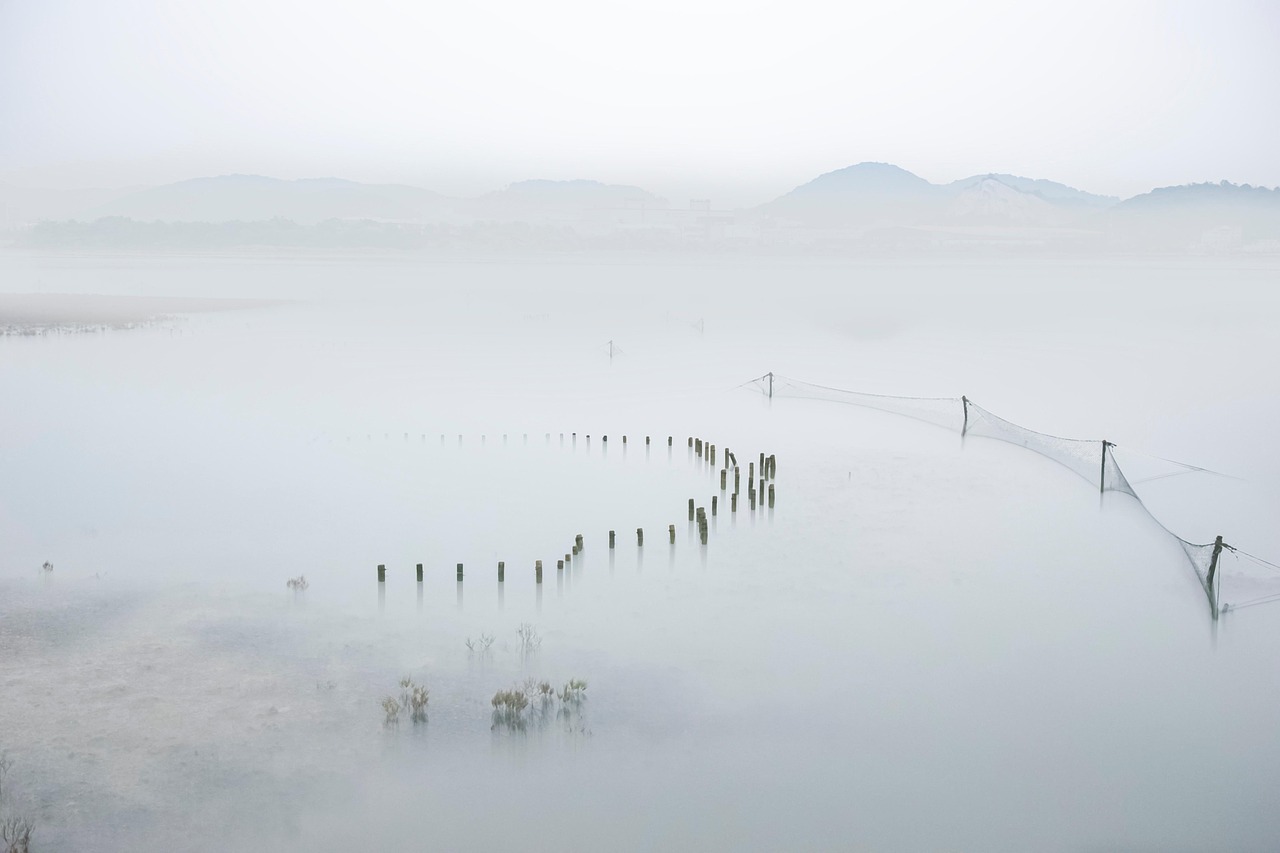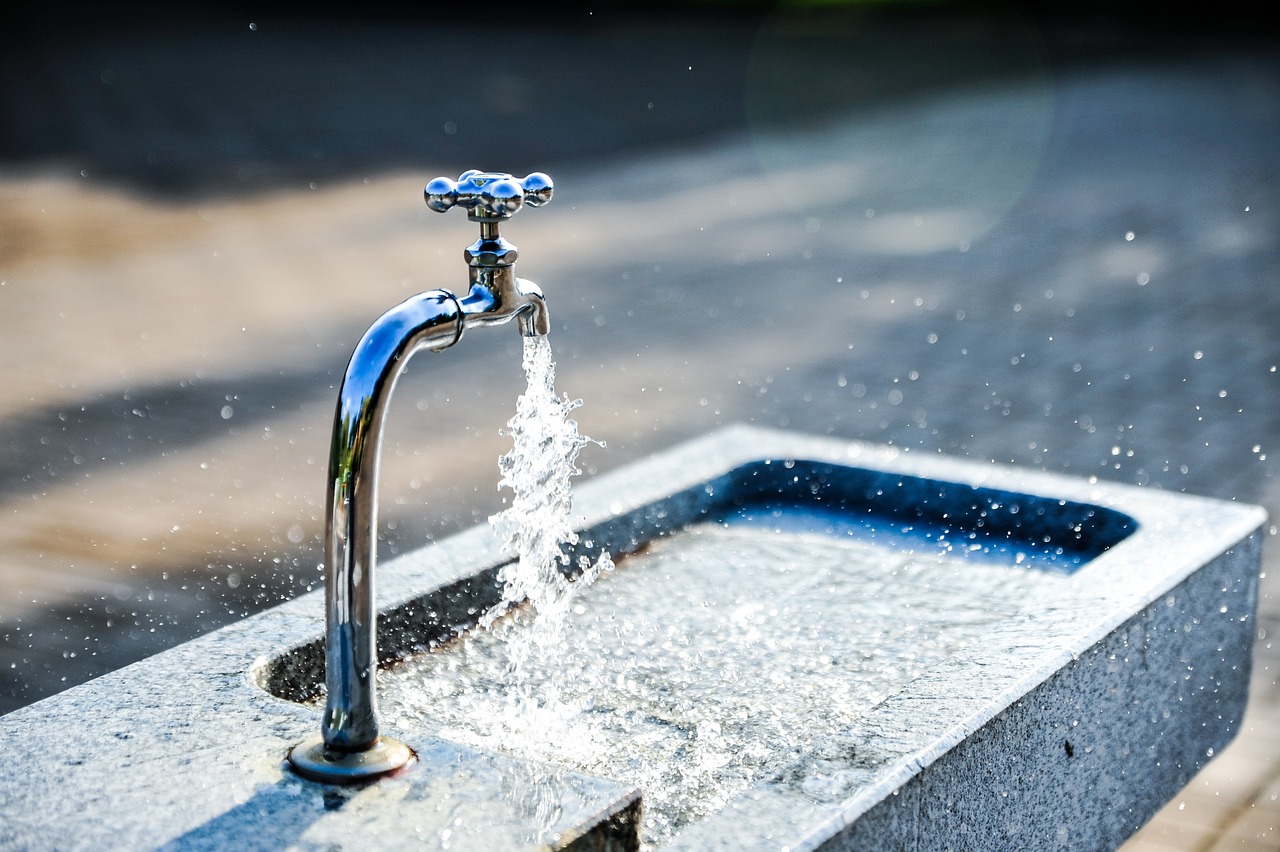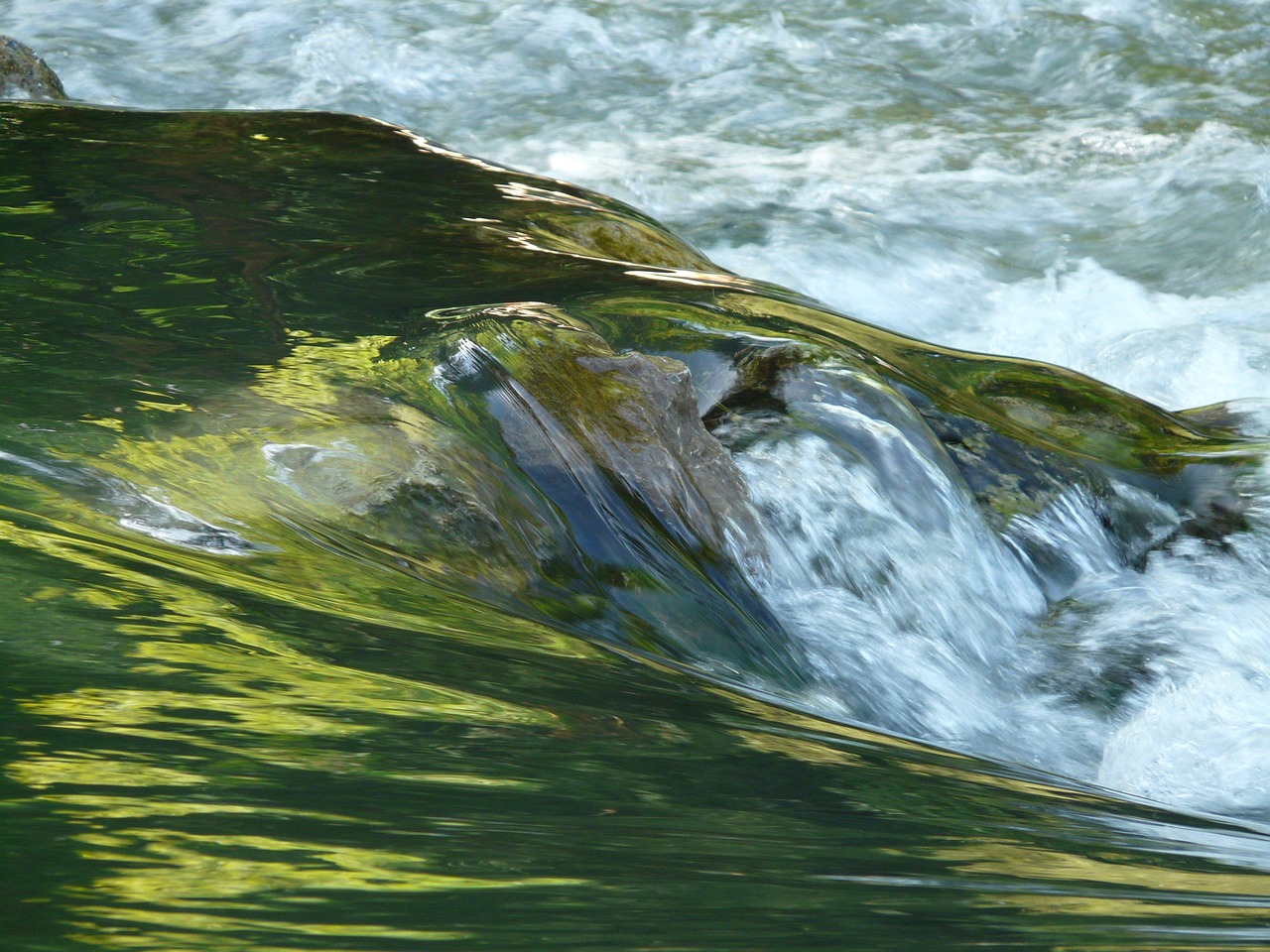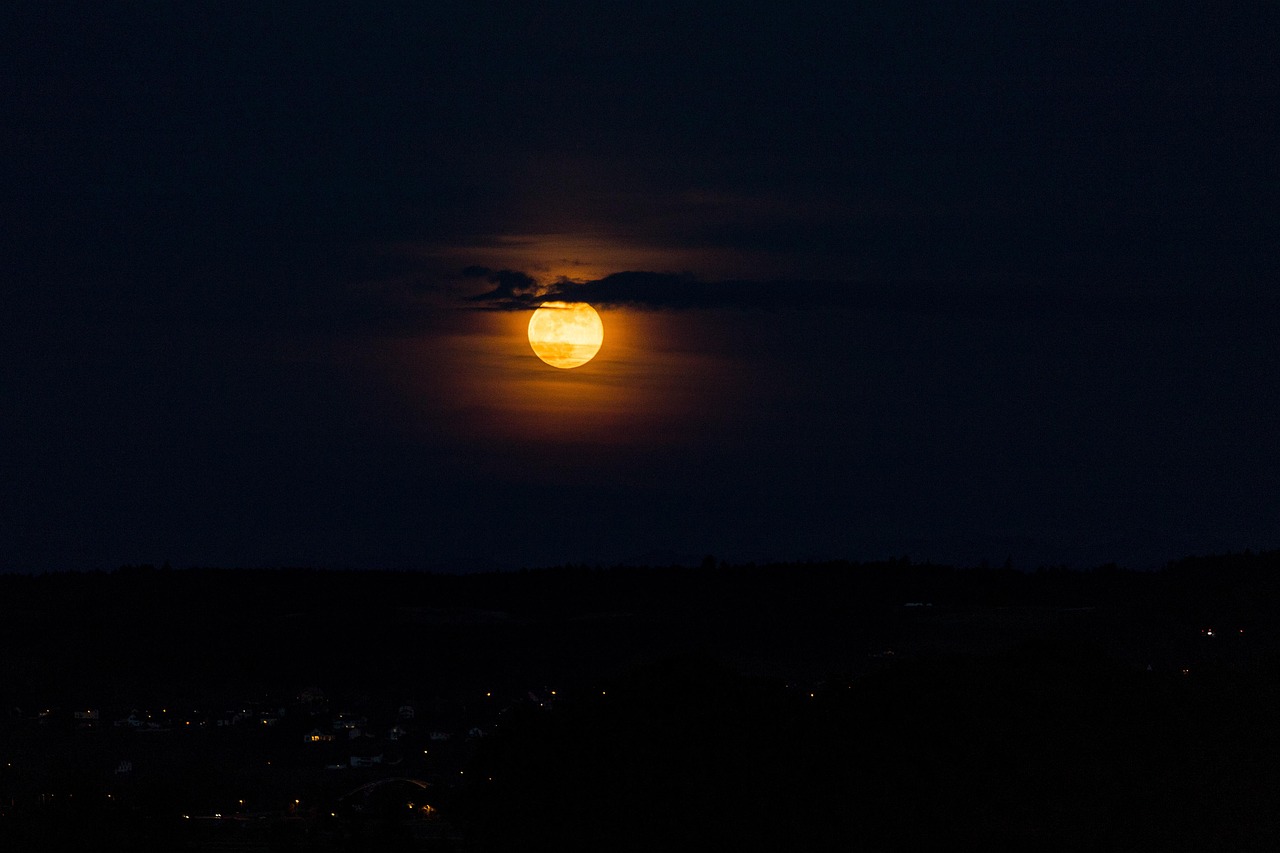The question of whether hot water or cold water freezes faster is a fascinating topic that has intrigued scientists and curious minds alike. This phenomenon, known as the Mpemba Effect, challenges our intuitive understanding of freezing processes. In this article, we will explore the scientific insights and experiments surrounding this captivating subject.
The Mpemba Effect refers to the surprising observation that hot water can freeze faster than cold water under specific conditions. This effect was first documented by a Tanzanian student named Erasto Mpemba in the 1960s. To understand why this occurs, we must delve into the science of thermodynamics and the behavior of water molecules.
Numerous scientific studies have been conducted to investigate the Mpemba Effect. Researchers have identified several conditions that can lead to faster freezing of hot water, including:
- Evaporation: Hot water may lose mass through evaporation, resulting in less water to freeze.
- Convection currents: Hot water can create convection currents that promote more uniform cooling.
- Supercooling: Cold water may supercool, remaining liquid below its freezing point, while hot water can freeze more readily.
Several experiments have been designed to measure the freezing rates of hot and cold water. For instance, one notable experiment involved placing equal volumes of hot and cold water in identical containers and monitoring the time taken for each to freeze. Results varied widely, highlighting the complexity of the freezing process.
Many factors can influence the freezing time of water, including:
- Initial temperature: The starting temperature of the water plays a crucial role.
- Container type: The material and shape of the container can affect heat transfer rates.
- Environmental conditions: Ambient temperature, air movement, and humidity can also influence freezing times.
Understanding the thermodynamic principles that govern water behavior is essential for grasping why hot water can sometimes freeze faster. The unique properties of water, such as its high specific heat capacity, allow it to absorb and release heat effectively.
Heat transfer dynamics are integral to understanding freezing rates. The way heat dissipates from water varies with its initial temperature. Hot water tends to lose heat rapidly at first, potentially leading to quicker freezing.
The molecular structure of water contributes significantly to its freezing behavior. Water molecules form hydrogen bonds, which influence how they arrange themselves as they transition from liquid to solid. This arrangement can be affected by temperature, impacting freezing times.
Understanding whether hot or cold water freezes faster has practical implications across various fields. For example, in culinary applications, knowing how to freeze ice quickly can enhance the quality of dishes. In industrial processes, optimizing freezing methods can improve efficiency.
In everyday situations, the knowledge of freezing rates can be beneficial. For instance, when making ice cubes, using hot water may yield clearer ice due to reduced impurities and air bubbles.
In environmental science, the freezing behavior of water is crucial for climate models. Understanding the dynamics of water freezing can help predict changes in ecosystems and climate patterns, making it a vital area of study.
The debate over whether hot or cold water freezes faster remains unresolved, fueled by ongoing research and experimentation. As scientists continue to explore this phenomenon, new insights may emerge, further enriching our understanding of the fascinating world of freezing water.
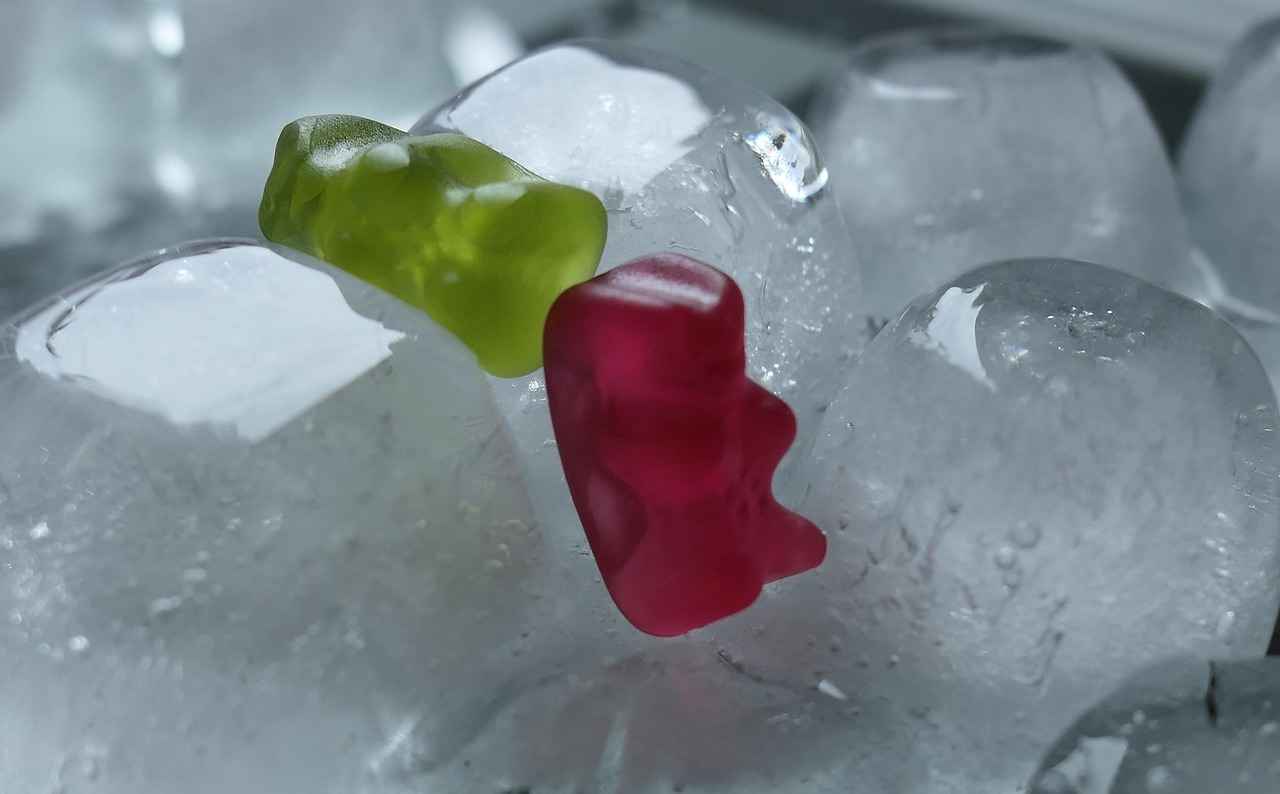
The Mpemba Effect Explained
The Mpemba Effect is a fascinating and counterintuitive phenomenon that has intrigued scientists and curious minds alike. This effect suggests that under certain conditions, hot water can freeze faster than cold water. To fully appreciate this phenomenon, it is essential to explore the scientific principles and experiments that have sought to explain it.
At first glance, it seems illogical that hot water, which is at a higher temperature, could freeze more quickly than water that is already cold. However, the Mpemba Effect challenges our intuitive understanding of temperature and freezing. The phenomenon was named after Erasto Mpemba, a Tanzanian student who observed this behavior while making ice cream in the 1960s. His observations led to further investigation and experiments that continue to this day.
Several factors contribute to the Mpemba Effect, making it a complex subject of study. One of the primary factors is evaporation. When hot water is exposed to cold air, a significant amount of it can evaporate, reducing the overall volume that needs to freeze. This loss of mass can lead to a faster freezing process. Additionally, the thermal conductivity of the container can also play a role; some materials can conduct heat away from hot water more efficiently than from cold water, thus speeding up the freezing process.
Another important aspect is the molecular structure of water. Water molecules behave differently at varying temperatures. Hot water has more energy, which can influence how the molecules interact with one another. This increased molecular motion may lead to a unique arrangement that facilitates faster freezing under the right conditions.
Numerous scientific studies have been conducted to validate the Mpemba Effect. Some experiments have reported positive results, while others have found no significant difference in freezing times. For example, a study published in the Journal of Physics demonstrated that under specific conditions, hot water froze faster than cold water, while another study reported inconsistent results, highlighting the complexity and variability of the phenomenon.
In addition to the scientific exploration, there are several misconceptions surrounding the Mpemba Effect. Many people assume that the temperature difference alone is sufficient to determine freezing rates, but factors such as container type, environmental conditions, and even impurities in the water can significantly alter outcomes. Understanding these misconceptions is crucial for a clearer perspective on the Mpemba Effect and the dynamics of freezing water.
The implications of understanding whether hot or cold water freezes faster extend beyond academic curiosity. In practical terms, this knowledge can be beneficial in various situations, such as culinary applications, ice-making, and even certain industrial processes. For instance, chefs may utilize hot water for quicker ice formation in specific recipes, while industries may optimize their freezing processes based on these principles.
Moreover, the Mpemba Effect has significant implications in the field of environmental science. Understanding the freezing behavior of water can influence climate models and predictions. As climate change continues to alter global temperatures, insights into water’s freezing dynamics may be crucial for accurate forecasting and environmental planning.
In conclusion, the Mpemba Effect remains a captivating subject of inquiry, blending elements of physics, chemistry, and environmental science. As research continues and new experiments are conducted, our understanding of this intriguing phenomenon will undoubtedly evolve. The ongoing debate surrounding whether hot or cold water freezes faster encourages further exploration and deepens our appreciation for the complexities of nature.
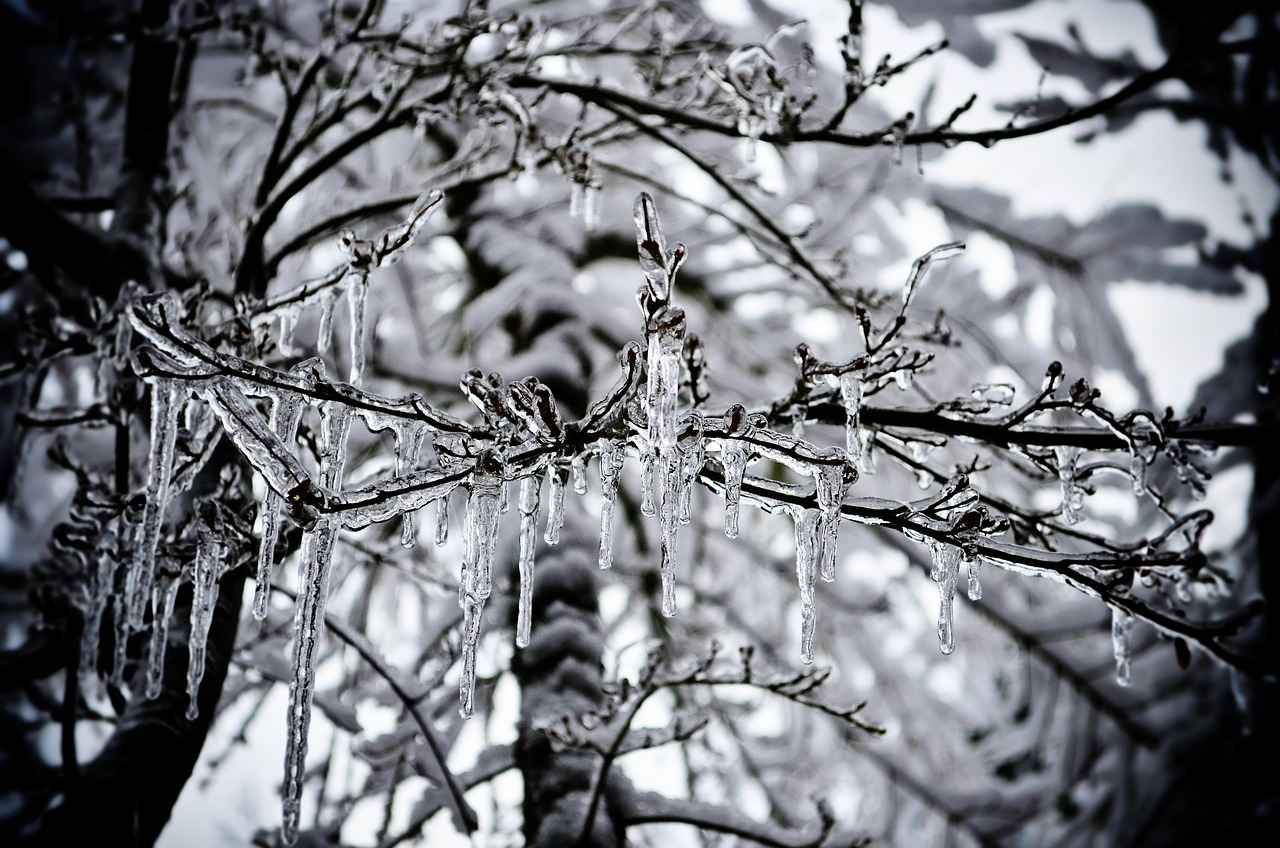
Scientific Studies on Freezing Water
The phenomenon of water freezing has intrigued scientists for centuries, leading to numerous investigations aimed at understanding the complexities involved. One particularly captivating aspect is the Mpemba Effect, which suggests that hot water can sometimes freeze faster than cold water. This section explores various scientific studies that have examined this effect, shedding light on the conditions that may contribute to this counterintuitive observation.
Numerous scientific studies have attempted to validate the Mpemba Effect. These studies provide insights into the conditions that lead to faster freezing of hot water compared to cold water. The research has been diverse, employing various methodologies and experimental setups to explore this intriguing phenomenon.
| Study | Year | Findings |
|---|---|---|
| Mpemba and Osborne | 1969 | Initial observations suggested hot water freezes faster under specific conditions. |
| Chill and Freeze | 2010 | Confirmed that evaporation rates and convection currents play significant roles. |
| Gordon’s Experiment | 2014 | Highlighted the impact of container material on freezing rates. |
One of the earliest studies, conducted by Mpemba and Osborne in 1969, laid the groundwork for further exploration. Their findings indicated that under certain conditions, hot water could freeze faster than cold water. This initial observation sparked a wave of curiosity, leading to numerous experiments aiming to replicate and understand the phenomenon.
Subsequent studies, such as the one conducted in 2010, delved deeper into the mechanics behind the Mpemba Effect. Researchers found that factors like evaporation rates and convection currents significantly influence the freezing process. Evaporation can reduce the volume of water, allowing for quicker cooling and freezing. Additionally, convection currents can enhance heat distribution, affecting how evenly the water cools.
Another pivotal study by Gordon in 2014 emphasized the importance of container material in freezing rates. Different materials conduct heat differently, which can alter the freezing time of water. For example, metal containers may facilitate faster heat loss compared to plastic ones, leading to discrepancies in freezing times.
- Temperature Gradient: The temperature difference between the water and its environment can also play a crucial role in the freezing process.
- Impurities: The presence of dissolved substances can affect the freezing point of water, complicating the results of freezing experiments.
- Environmental Conditions: Factors such as air pressure and humidity can influence how quickly water freezes.
These studies indicate that while the Mpemba Effect is a fascinating topic, the outcomes can vary significantly based on a multitude of factors. Researchers continue to explore these variables to gain a clearer understanding of the underlying physics at play. The complexity of the freezing process, influenced by both physical and environmental conditions, remains an area ripe for further investigation.
As scientists strive to unravel the mysteries of the Mpemba Effect, the debate surrounding whether hot or cold water freezes faster persists. Each study adds a layer of understanding, yet also raises new questions, emphasizing the need for ongoing research in this captivating field.
Key Experiments Conducted
When exploring the fascinating question of whether hot or cold water freezes faster, several experiments have been conducted, each aiming to shed light on this intriguing phenomenon. While the results of these experiments often vary, they collectively highlight the complexities involved in the freezing process.
One of the most notable experiments was conducted by Mpemba, a Tanzanian student who discovered that hot water could freeze faster than cold water under specific conditions. This observation led to a series of experiments designed to replicate his findings. Researchers have employed various methodologies, with some using identical containers and environmental conditions to ensure consistency.
In one experiment, researchers filled two identical containers with water—one hot and the other cold—and placed them in a freezer set to the same temperature. The results showed that, under certain circumstances, the hot water container froze before the cold one. This finding sparked further interest and investigation into the Mpemba Effect.
Another significant study involved testing water in different types of containers. Some researchers found that the material of the container could impact freezing rates. For instance, metal containers conducted heat more efficiently than plastic ones, potentially leading to faster freezing times for hot water. This interaction between container material and water temperature is a crucial factor that adds complexity to the freezing process.
Moreover, environmental conditions such as airflow and humidity levels were also examined. In controlled settings where airflow was enhanced, hot water tended to freeze more quickly than cold water. This suggests that the rate of heat loss plays a significant role in the freezing dynamics of water.
However, not all experiments yielded the same results. Some studies reported that cold water consistently froze faster than hot water, indicating that the freezing process is influenced by numerous variables. These inconsistencies raise important questions about the physics behind water freezing and the conditions necessary for the Mpemba Effect to occur.
In summary, the key experiments conducted to observe the freezing rates of hot and cold water reveal a complex interplay of factors influencing the freezing process. From the initial temperature of the water to the type of container used and the environmental conditions present, each element contributes to the outcome. As research continues, scientists strive to understand the underlying principles that govern this fascinating phenomenon.
Factors Influencing Freezing Times
The freezing time of water is a complex phenomenon influenced by a variety of factors. Understanding these factors is essential not only for scientific inquiry but also for practical applications in everyday life. In this section, we will explore the key elements that determine how quickly water freezes.
- Initial Temperature: The starting temperature of the water plays a crucial role in freezing times. Cold water, while initially at a lower temperature, can sometimes freeze faster than hot water due to the energy required to transition from a liquid to a solid state. However, under specific conditions, hot water can freeze quicker, a phenomenon known as the Mpemba Effect.
- Container Type: The material and shape of the container holding the water significantly affect freezing times. For instance, metal containers conduct heat more efficiently than plastic ones, allowing water to lose heat faster. Additionally, shallow containers provide a larger surface area for heat exchange, which can expedite the freezing process.
- Environmental Conditions: External factors such as air temperature, humidity, and wind speed can impact how quickly water freezes. In colder environments, water will freeze more rapidly due to the increased temperature gradient between the water and the surrounding air. Wind can further enhance this effect by promoting evaporative cooling.
- Impurities in Water: The presence of impurities, such as salt or minerals, can lower the freezing point of water, causing it to freeze more slowly. This phenomenon is commonly observed in seawater, which freezes at a lower temperature than pure water. Understanding the role of impurities is essential for applications in ice-making and food preservation.
- Pressure: The pressure exerted on water can also influence its freezing point. Under higher pressure, water can remain in a liquid state at lower temperatures, while reducing pressure can allow water to freeze at higher temperatures. This principle is critical in various scientific and industrial processes.
In summary, the freezing time of water is not solely dependent on its initial temperature but is influenced by a multitude of factors. Recognizing these variables allows for a deeper understanding of the freezing process and its implications in both scientific research and practical applications.
Comparative Analysis of Results
In the realm of scientific inquiry, the question of whether hot water or cold water freezes faster has sparked considerable debate. A from various studies reveals a tapestry of inconsistencies that necessitate further exploration into the underlying physics of freezing water. Despite the intuitive belief that cold water should freeze more quickly, several experiments have demonstrated that under certain conditions, hot water can indeed freeze faster. This phenomenon is often referred to as the Mpemba Effect.
To understand the discrepancies in study results, it is crucial to examine the factors influencing freezing times. These factors include the initial temperature of the water, the type of container used, and the surrounding environmental conditions. For instance, the surface area exposed to air can significantly affect heat loss, altering freezing rates. In some studies, researchers have noticed that hot water can evaporate more quickly, reducing the volume that needs to freeze and potentially leading to faster ice formation.
| Study | Findings | Conditions |
|---|---|---|
| Study A | Hot water froze faster | Open container, high evaporation |
| Study B | Cold water froze faster | Sealed container, low evaporation |
| Study C | No significant difference | Controlled environment, equal volume |
These varying results highlight the complexity of water’s freezing process. In some experiments, the presence of impurities in water, such as dissolved gases or minerals, has also been shown to influence freezing rates. This adds another layer of complexity, as the purity of the water can vary significantly between different studies.
Furthermore, the thermodynamics of water plays a vital role in understanding these phenomena. The unique molecular structure of water means that its behavior under different temperatures is not straightforward. When water is heated, the increased kinetic energy of the molecules can lead to unique interactions that affect how quickly it loses heat when placed in a freezing environment.
Moreover, the heat transfer dynamics involved in the freezing process are intricate. Heat transfer occurs through conduction, convection, and radiation, and the rate at which heat is lost can differ based on the initial temperature of the water. For example, hot water may experience a rapid cooling phase due to convection currents, which can enhance its freezing rate under specific circumstances.
Despite the intriguing nature of the Mpemba Effect and the various studies conducted, misconceptions about water freezing persist. Many people believe that cold water will always freeze faster, which oversimplifies the complex interplay of factors at work. Understanding these nuances is essential for grasping the broader implications of water freezing rates.
In practical terms, the implications of this research extend beyond mere curiosity. The knowledge of how water freezes can influence various fields, from culinary practices to environmental science. For instance, chefs may utilize the Mpemba Effect to create ice more efficiently in certain recipes, while climate scientists can apply these insights to better model climate dynamics and predict future environmental changes.
In summary, the from different studies into the freezing of water reveals a complex and often contradictory landscape. As researchers continue to explore this fascinating phenomenon, it is clear that the dialogue surrounding water’s freezing behavior is far from settled, inviting further investigation and understanding.
Common Misconceptions About Water Freezing
The topic of water freezing is often surrounded by a myriad of misconceptions that can lead to confusion. Many people believe that cold water always freezes faster than hot water, but this is not necessarily the case. To gain a clearer understanding of the freezing dynamics, it is essential to dissect these misconceptions and explore the underlying science.
- Myth #1: Cold water always freezes faster than hot water.
- Myth #2: The Mpemba Effect is a myth and has no scientific basis.
- Myth #3: The size or shape of the container does not affect freezing times.
- Myth #4: All forms of water freeze at the same rate regardless of initial temperature.
These misconceptions often stem from a lack of understanding of the thermodynamic principles and the physical properties of water. The Mpemba Effect, for instance, is a fascinating phenomenon where hot water can freeze faster than cold water under specific conditions. This effect has intrigued scientists for decades and has been the subject of various studies.
When discussing freezing times, it is crucial to consider the environmental factors at play. For example, the surrounding temperature, humidity, and even the type of container can significantly influence how quickly water freezes. Hot water can evaporate quickly, reducing the volume and allowing it to cool faster than cold water, which may retain more heat due to its higher mass.
Numerous studies have attempted to validate the Mpemba Effect, revealing that under certain conditions, hot water can indeed freeze faster. Factors such as heat transfer dynamics and the molecular structure of water contribute to this phenomenon. For instance, the unique molecular arrangement of water allows for different interactions at varying temperatures, affecting how quickly it can lose heat.
Misunderstanding the freezing dynamics of water can have practical implications in various fields. In culinary applications, knowing how to manipulate freezing times can enhance ice-making techniques or improve the texture of frozen foods. In environmental science, accurate models of water freezing behavior are essential for predicting climate change impacts and understanding ecosystems.
Addressing these common misconceptions is vital for a comprehensive understanding of water freezing dynamics. By recognizing the complexities involved and the scientific principles at play, individuals can develop a more nuanced perspective on phenomena such as the Mpemba Effect. Continued research and experimentation will further illuminate these fascinating aspects of water behavior, encouraging both curiosity and informed discussions.

Thermodynamics and Water Behavior
The study of thermodynamics provides essential insights into the behavior of water, particularly during the freezing process. Understanding how heat and energy transfer occurs in water is crucial for explaining why, under certain conditions, hot water can freeze faster than cold water. This phenomenon, known as the Mpemba Effect, challenges conventional wisdom and invites deeper exploration into the principles of thermodynamics.
At the core of thermodynamics is the concept of energy transfer. When water is heated, its molecules gain energy and move more rapidly. This increased kinetic energy can lead to several effects during the freezing process. For instance, when hot water is placed in a freezing environment, it may lose heat more quickly than cold water due to a combination of factors, including evaporation and convection currents.
| Factor | Effect on Freezing |
|---|---|
| Evaporation | Hot water can evaporate, reducing the volume and thus speeding up the freezing process. |
| Convection | Hot water creates convection currents that can enhance heat transfer away from the water. |
| Molecular Interaction | The arrangement of molecules in hot water may facilitate quicker formation of ice crystals. |
The molecular structure of water also plays a pivotal role in its freezing behavior. Water molecules are polar, meaning they have a positive and negative end, which leads to hydrogen bonding. When water cools, these bonds begin to form a crystalline structure, resulting in ice. The rate at which this occurs can vary significantly based on the initial temperature of the water. Hot water, despite its higher kinetic energy, can sometimes transition to ice more efficiently due to the unique interactions among its molecules.
Another important aspect to consider is the environmental conditions in which the freezing occurs. Factors such as the type of container, the surrounding temperature, and air pressure can dramatically influence the freezing rate. For example, water in a shallow container may freeze faster than in a deep one due to increased surface area for heat loss. Similarly, if the ambient temperature is significantly lower than the water temperature, the heat loss will be more pronounced.
- Container Type: Shallow containers promote faster freezing due to increased exposure to cold air.
- Environmental Temperature: A colder surrounding can accelerate the cooling and freezing process.
- Air Pressure: Changes in pressure can affect the boiling point of water, influencing the freezing rate.
In practical terms, understanding these thermodynamic principles is crucial for various applications. In culinary practices, for example, chefs may utilize the Mpemba Effect to create ice quickly for cocktails or desserts. In industrial settings, knowing how water freezes can enhance processes such as freeze-drying or food preservation.
The implications of thermodynamics extend beyond everyday applications; they also play a significant role in environmental science. Accurate models of climate change and weather prediction rely on a thorough understanding of water behavior. For instance, the freezing and melting of ice in polar regions can influence global climate patterns, making the study of water thermodynamics not just a theoretical exercise, but a vital component in addressing real-world challenges.
In summary, the principles of thermodynamics provide a comprehensive framework for understanding the complexities of water behavior during freezing. By exploring the interactions between heat transfer, molecular structure, and environmental factors, we gain valuable insights into why hot water can sometimes freeze faster than cold water. This ongoing investigation into the Mpemba Effect not only enriches our scientific knowledge but also enhances our practical applications in everyday life and environmental science.
Heat Transfer Dynamics
are crucial in understanding the intricate processes that govern how temperature differences influence the freezing rates of water. When it comes to the freezing of water, the mechanisms by which heat is lost can vary dramatically depending on the initial temperatures of the water involved. This complexity is what makes the study of freezing rates both fascinating and essential.
To begin with, it is important to recognize that heat transfer occurs through three primary mechanisms: conduction, convection, and radiation. In the context of water freezing, conduction is particularly relevant as it involves the transfer of heat through direct contact between water molecules. When hot water is placed in a colder environment, the temperature gradient between the hot water and its surroundings drives the heat loss, leading to rapid cooling.
Moreover, the role of convection cannot be overlooked. In a container of water, the movement of warmer water rising and cooler water sinking creates circulation patterns that enhance heat loss. This is especially significant when hot water is involved, as it can lead to a more efficient cooling process compared to cold water, which may not generate as much convection current.
Another factor that plays a pivotal role in heat transfer dynamics is the surface area of the water. Water in a wide, shallow container will freeze faster than water in a narrow, deep container due to the increased surface area exposed to the cold air, facilitating enhanced heat loss. This aspect underscores the importance of the container type in determining freezing rates.
Additionally, environmental conditions such as air temperature, humidity, and air flow can significantly impact the rate at which water freezes. For instance, a windy environment can accelerate heat loss through convection, further influencing the freezing dynamics. Conversely, still air may result in a slower freezing process.
In exploring the Molecular Structure of Water, it’s essential to highlight how the unique hydrogen bonding in water molecules affects freezing behavior. As water cools, these bonds begin to stabilize, leading to the formation of ice. The rate at which these bonds form can be influenced by the initial temperature, where hot water may exhibit different molecular behaviors compared to cold water.
Furthermore, the phenomenon known as the Mpemba Effect comes into play, where under specific conditions, hot water can freeze faster than cold water. This counterintuitive result has been a topic of scientific inquiry and debate, leading to various hypotheses that attempt to explain the underlying physics, including evaporation rates and supercooling effects.
In practical applications, understanding heat transfer dynamics is not just an academic exercise; it has real-world implications. For example, in culinary practices, knowing how different temperatures affect freezing can lead to better ice cream textures or quicker cooling techniques for beverages. In industrial contexts, these principles can optimize processes that require rapid freezing or temperature control.
In conclusion, the study of heat transfer dynamics is an essential component of understanding water freezing rates. By examining the mechanisms of heat loss, the influence of environmental factors, and the molecular behavior of water, we gain valuable insights into this complex phenomenon. The ongoing exploration of these dynamics not only enriches our scientific knowledge but also enhances practical applications across various fields.
Molecular Structure of Water
The is a fascinating subject that plays a crucial role in understanding its unique properties, particularly its freezing behavior. Water, chemically known as H2O, consists of two hydrogen atoms covalently bonded to one oxygen atom. This simple yet intricate molecular arrangement leads to a variety of unusual characteristics, including its ability to freeze.
Water molecules are polar, meaning they have a slight positive charge on one side (the hydrogen atoms) and a slight negative charge on the other side (the oxygen atom). This polarity allows water molecules to form hydrogen bonds with one another. These bonds are relatively weak compared to covalent bonds but are significant in influencing the behavior of water as it cools and freezes.
As water cools, the kinetic energy of its molecules decreases, causing them to move closer together. When the temperature drops to 0 degrees Celsius (32 degrees Fahrenheit), water begins to freeze. During this process, the hydrogen bonds become more stable and form a crystalline structure known as ice. This structure is less dense than liquid water, which is why ice floats. The unique arrangement of molecules in ice results in a hexagonal lattice, which is responsible for its lower density.
| Property | Liquid Water | Ice |
|---|---|---|
| Density | 1 g/cm3 | 0.92 g/cm3 |
| Structure | Random arrangement | Hexagonal lattice |
| Hydrogen Bonds | Dynamic | Stable |
The freezing rate of water is influenced by several factors, including the initial temperature of the water and the conditions under which it is frozen. For example, warmer water can sometimes freeze faster than cooler water, a phenomenon known as the Mpemba Effect. This counterintuitive effect occurs due to several reasons:
- Evaporation: Hot water may lose some of its mass through evaporation, reducing the volume that needs to freeze.
- Convection Currents: Hot water can create convection currents that distribute heat more evenly, promoting faster cooling.
- Supercooling: Cold water may supercool without freezing, delaying its transition to ice.
Understanding the molecular structure and behavior of water is essential for various scientific fields, including environmental science and thermodynamics. The principles governing water’s freezing behavior can have significant implications for climate models and ecological systems. For instance, the formation of ice in polar regions affects global weather patterns and marine ecosystems.
In conclusion, the unique molecular structure of water, characterized by its polar nature and ability to form hydrogen bonds, plays a pivotal role in its freezing behavior. The interactions between water molecules not only influence how water freezes but also contribute to the fascinating phenomena observed in nature. By exploring these molecular dynamics, we gain a deeper understanding of water’s behavior and its implications for our environment.

Practical Implications of Water Freezing Rates
The phenomenon of water freezing is not only an intriguing scientific topic but also holds practical implications across various fields. Understanding whether hot or cold water freezes faster can influence several real-world applications, from culinary practices to environmental science. This section delves into how these insights can be harnessed in everyday scenarios.
In the kitchen, the knowledge of freezing rates can significantly enhance culinary outcomes. For instance, when making ice cream, using hot water to create a base mixture can lead to a smoother texture. This is due to the fact that the hot mixture can freeze more rapidly, reducing the formation of ice crystals. Additionally, when preparing cocktails or other beverages, understanding the freezing dynamics can help in achieving the desired chill more efficiently.
In commercial settings, such as ice production facilities, the principles of freezing rates are critical. Utilizing hot water can lead to faster production times, thereby increasing overall efficiency. This can have a substantial economic impact, reducing energy costs and optimizing resources. Moreover, the quality of the ice produced may also improve, as the rapid freezing process can limit impurities and air bubbles.
In the realm of environmental science, the understanding of water freezing behavior is crucial for climate modeling. The freezing rates of water bodies can influence local ecosystems and weather patterns. For example, lakes and rivers that freeze quickly may affect aquatic life and the surrounding environment. Accurate predictions of freezing dynamics are essential for climate forecasting, as they can impact everything from flooding patterns to wildlife migration.
Urban planners and engineers also benefit from insights into water freezing rates. In regions prone to cold weather, understanding how water bodies freeze can inform the design of infrastructure. For example, knowing the freezing dynamics can help in the placement of roads and drainage systems to prevent ice buildup, which can cause hazards for drivers and pedestrians alike.
The ongoing debate about whether hot or cold water freezes faster continues to inspire scientific research. Innovations in freezing technology, such as the development of advanced refrigeration systems, can be influenced by these findings. Researchers are exploring new materials and methods to optimize freezing processes, with potential applications in various industries, including food preservation and pharmaceuticals.
As we have explored, the implications of water freezing rates extend far beyond mere curiosity. From enhancing culinary experiences to informing environmental science and urban planning, the practical applications are vast and varied. Understanding these dynamics not only enriches our knowledge of physical science but also equips us with tools to improve efficiency and sustainability in our daily lives.
Applications in Everyday Life
Understanding the freezing rates of water is not only a scientific curiosity but also has significant practical applications in various aspects of daily life. This knowledge can enhance efficiency in cooking, improve ice-making processes, and influence certain industrial operations. Here, we explore how the principles behind water freezing can be beneficial in everyday situations.
In the kitchen, the temperature of water can greatly affect cooking outcomes. For instance, when preparing soups or broths, starting with hot water can expedite the cooking process, as it reduces the overall cooking time. This principle can also be applied when making ice cubes. Surprisingly, using hot water in ice trays can sometimes yield faster freezing times due to the Mpemba Effect, allowing for quicker access to ice when needed.
For those who enjoy crafting their own ice for beverages or events, understanding the freezing rates can lead to more efficient ice-making. By experimenting with different water temperatures, one can optimize the conditions to produce clear, solid ice faster. This is particularly useful in commercial settings, such as restaurants or bars, where the demand for ice can be high.
In various industrial processes, the knowledge of water freezing rates can play a crucial role. For example, in the food processing industry, the freezing of products is a critical step in preserving freshness and quality. Understanding how different temperatures affect freezing times can lead to improved methods for freezing fruits, vegetables, and meats, ensuring they retain their nutritional value and taste.
In the realm of environmental science, the freezing behavior of water is vital for understanding natural processes. For instance, the rate at which water freezes can influence ecosystems, particularly in polar regions. This knowledge helps scientists predict changes in climate and assess the impacts of temperature fluctuations on wildlife and vegetation.
Even in gardening, the principles of water freezing can be useful. For example, understanding how soil moisture freezes can inform planting decisions. Gardeners can use techniques to prevent frost damage by managing the moisture levels in the soil, thereby ensuring healthier plants.
In summary, the applications of understanding water freezing rates extend far beyond mere curiosity. From enhancing culinary practices to influencing industrial processes and environmental science, this knowledge can lead to improved efficiency and better outcomes in various fields. As research continues to evolve, the implications of water freezing dynamics will surely expand, offering even more insights into this fascinating phenomenon.
Impacts on Environmental Science
Understanding the freezing behavior of water is not just a matter of scientific curiosity; it has significant implications in the field of environmental science. The dynamics of freezing can influence various climate models and predictions, making it crucial for researchers and policymakers alike to grasp these concepts.
When discussing the impacts of water freezing rates on environmental science, the focus often shifts to the Mpemba Effect, which suggests that hot water can freeze faster than cold water under specific conditions. This phenomenon raises questions about the underlying processes that govern water behavior in natural settings, particularly in the context of climate change.
Climate models rely heavily on accurate representations of water behavior, including its phase changes. The freezing point of water is a critical factor in these models, as it affects the formation of ice sheets and glaciers, which in turn influence global sea levels. If the freezing dynamics are misunderstood, predictions about future climate scenarios could be skewed. For instance, if hot water indeed freezes faster under certain conditions, this could alter the assumptions made about ice formation in polar regions.
The freezing behavior of water also plays a vital role in ecosystem dynamics. Aquatic life relies on the thermal properties of water, which change with temperature fluctuations. Ice formation impacts oxygen levels and light penetration in water bodies, affecting the health of aquatic ecosystems. Understanding how different temperatures influence freezing can help in predicting the resilience of these ecosystems to climate shifts.
The interactions between water freezing and environmental factors create complex feedback loops. For example, as temperatures rise due to climate change, the melting of ice can lead to reduced albedo, which in turn causes further warming. This cycle can be exacerbated if the freezing behavior of water is not accurately modeled, leading to underestimations of the potential impacts of climate change.
Ongoing research into the freezing dynamics of water is crucial for enhancing our understanding of climate systems. Scientists utilize various experiments to observe how water freezes under different conditions, collecting data that can refine climate models. By examining these freezing rates in various environments, researchers can develop more robust models that account for the complexities of water behavior.
The insights gained from understanding water freezing dynamics can inform environmental policies. For instance, if certain regions are found to be more susceptible to rapid ice formation due to temperature fluctuations, policymakers can implement strategies to mitigate the impacts of climate change on these areas. This knowledge can also aid in disaster preparedness, especially in regions where ice formation affects infrastructure and safety.
In conclusion, the freezing behavior of water is a pivotal aspect of environmental science that influences climate models, ecosystem dynamics, and policy-making. As research continues to evolve, it is essential to consider these factors to ensure accurate climate predictions and effective environmental management.

Conclusion: The Ongoing Debate
The debate surrounding whether hot water or cold water freezes faster has intrigued scientists and curious minds alike for decades. This phenomenon, often referred to as the Mpemba Effect, challenges our conventional understanding of thermodynamics and heat transfer. The complexity of this subject is amplified by numerous studies and experiments that have sought to validate or refute this counterintuitive claim.
The Mpemba Effect suggests that under certain conditions, hot water can indeed freeze faster than cold water. This paradoxical observation has been documented since the time of Aristotle, yet it remains a topic of active research. Understanding the underlying principles of this effect requires a thorough examination of the thermodynamics involved in the freezing process.
The Mpemba Effect occurs due to various factors, such as the rate of evaporation, differences in heat transfer, and the molecular structure of water. When hot water is placed in a freezing environment, it may lose some of its mass through evaporation, resulting in less water that needs to freeze. Additionally, the initial temperature can affect the formation of ice crystals, potentially allowing hot water to freeze more rapidly.
Numerous scientific studies have attempted to explore the conditions that lead to the Mpemba Effect. Researchers have conducted various experiments, often yielding inconsistent results. For instance, one study found that hot water freezes faster in certain types of containers, while another suggested that environmental conditions such as wind speed and humidity play a crucial role.
- In a 2012 study, researchers observed that hot water in shallow containers froze faster than cold water, highlighting the importance of surface area.
- Another experiment indicated that the presence of impurities in water can affect freezing rates, complicating the results further.
- Some scientists argue that the supercooling of cold water can delay freezing, allowing hot water to catch up.
Several factors influence how quickly water freezes, including:
- Initial Temperature: The starting temperature of the water can significantly impact freezing times.
- Container Type: Materials and shapes of containers can alter heat transfer rates.
- Environmental Conditions: External factors such as air temperature and humidity can also play a vital role.
The unique molecular structure of water, with its polar covalent bonds, affects how water freezes. As water cools, molecules begin to arrange themselves into a crystalline structure characteristic of ice. This arrangement can be influenced by the initial temperature, leading to variations in freezing times.
The implications of understanding freezing rates extend beyond mere curiosity. In culinary practices, knowing how to freeze water efficiently can improve ice-making processes. In environmental science, insights into water freezing dynamics can enhance climate models, aiding in accurate predictions of climate change impacts.
As research continues, the Mpemba Effect remains a captivating topic. Future studies may uncover more about the conditions under which hot water freezes faster, potentially leading to breakthroughs in various scientific fields. The ongoing debate serves as a reminder of the complexities of nature and the need for continued exploration.
In conclusion, the question of whether hot or cold water freezes faster is not merely a scientific curiosity but a gateway to understanding fundamental principles of physics and chemistry. As researchers delve deeper into this phenomenon, they unravel a tapestry of interactions that govern the behavior of water, encouraging further inquiry into this fascinating subject.
Frequently Asked Questions
- Does hot water really freeze faster than cold water?
Yes, under certain conditions, hot water can freeze faster than cold water. This phenomenon is known as the Mpemba Effect, and it surprises many people!
- What factors influence the freezing rate of water?
Several factors can impact freezing rates, including the initial temperature of the water, the type of container used, and the surrounding environmental conditions. It’s a complex interplay!
- Are there any misconceptions about water freezing?
Absolutely! Many people believe that cold water always freezes faster, but this isn’t always the case. Understanding the science behind freezing can help clear up these myths.
- How does the molecular structure of water affect freezing?
The unique molecular structure of water plays a crucial role in its freezing behavior. Water molecules interact in ways that can lead to surprising outcomes in freezing times.
- What are the practical applications of understanding freezing rates?
Knowing how different temperatures affect freezing can be useful in everyday life, from cooking to industrial processes, and even in environmental science for climate modeling!


